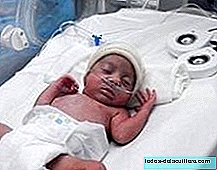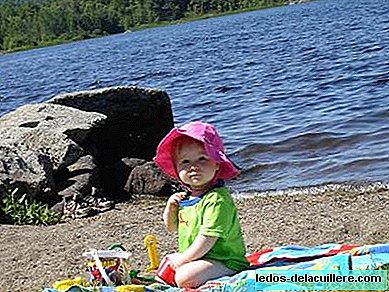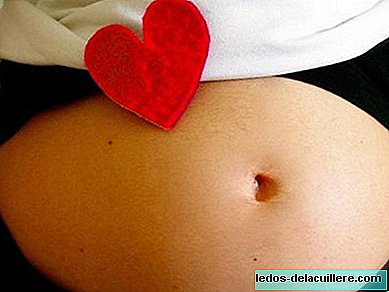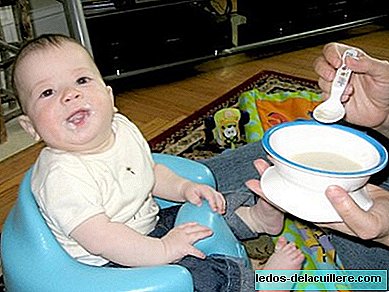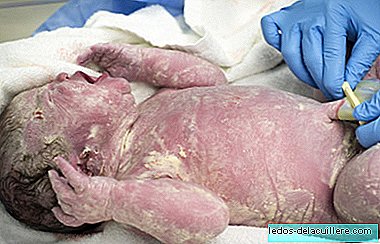
The image of a baby covered with a yellow pasty substance may not be the ideal image of a newborn baby that we all have in mind. In many hospitals, the first thing that is done as soon as the baby is born is to bathe it, so that it is clean and presentable for visits, but babies are not born dirty and that first bath can wait.
The baby is born covered by a fatty and sticky substance called vernix caseosa or sebaceous joint that begins to be generated around the 20th week of gestation to protect its delicate skin from the irritating effects of amniotic fluid and dehydration preventing it from cracking. But after birth, it also has an important function.
Not all babies are born covered by this substance, since their production decreases from week 36 and disappears almost completely at week 41. But most are born with some vernix residue that usually accumulates in the back, in the folds of flexion and scalp. This cheese-like consistency is made up of a mixture of sebaceous secretions, lanugo and peeling skin cells of the baby.
Among its benefits, newborns that keep vernix on their skin have better thermal maintenance, fewer injuries, more skin hydration and more elasticity in their skin.
In addition, due to its antibacterial peptide content, vernix is a barrier against bacterial infections and fungi, acting as the first shield of the immune system.
So you don't need to bathe the baby right after birth. On the contrary, because of its high content in protective properties for the skin, some specialists recommend even rub it gently so that it is absorbed naturally.


